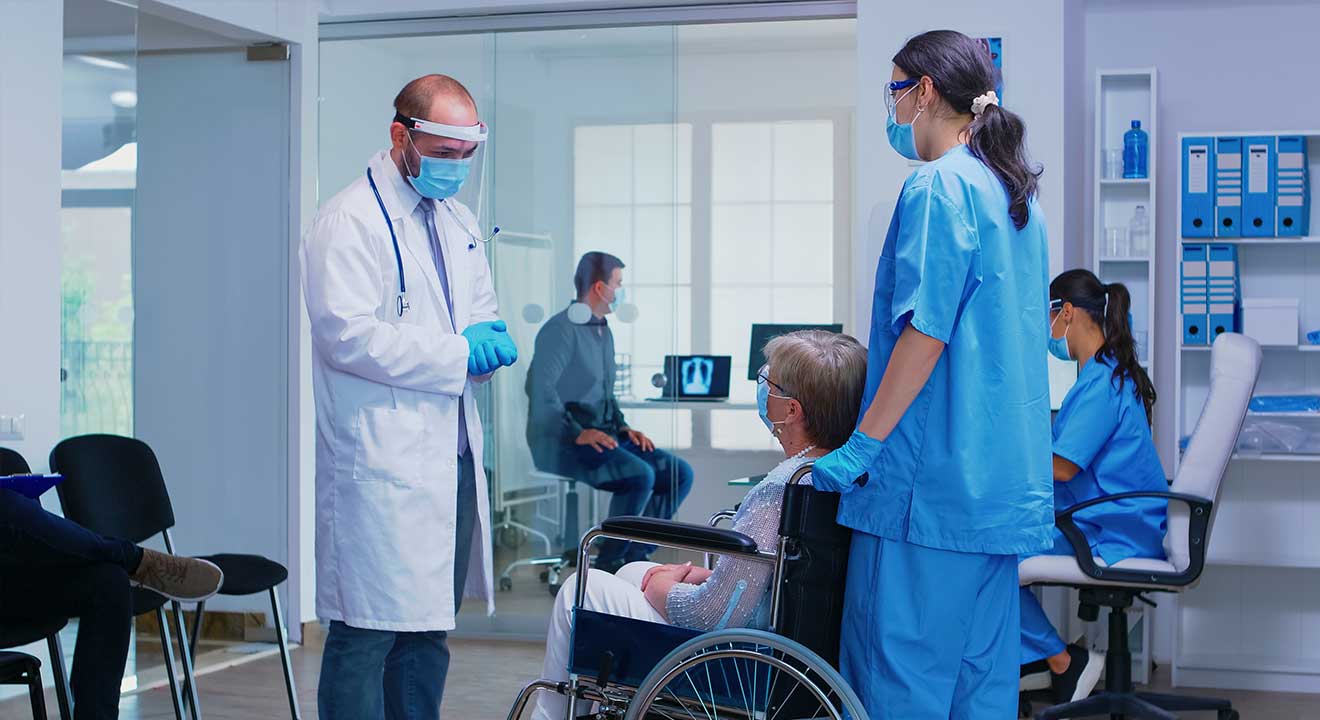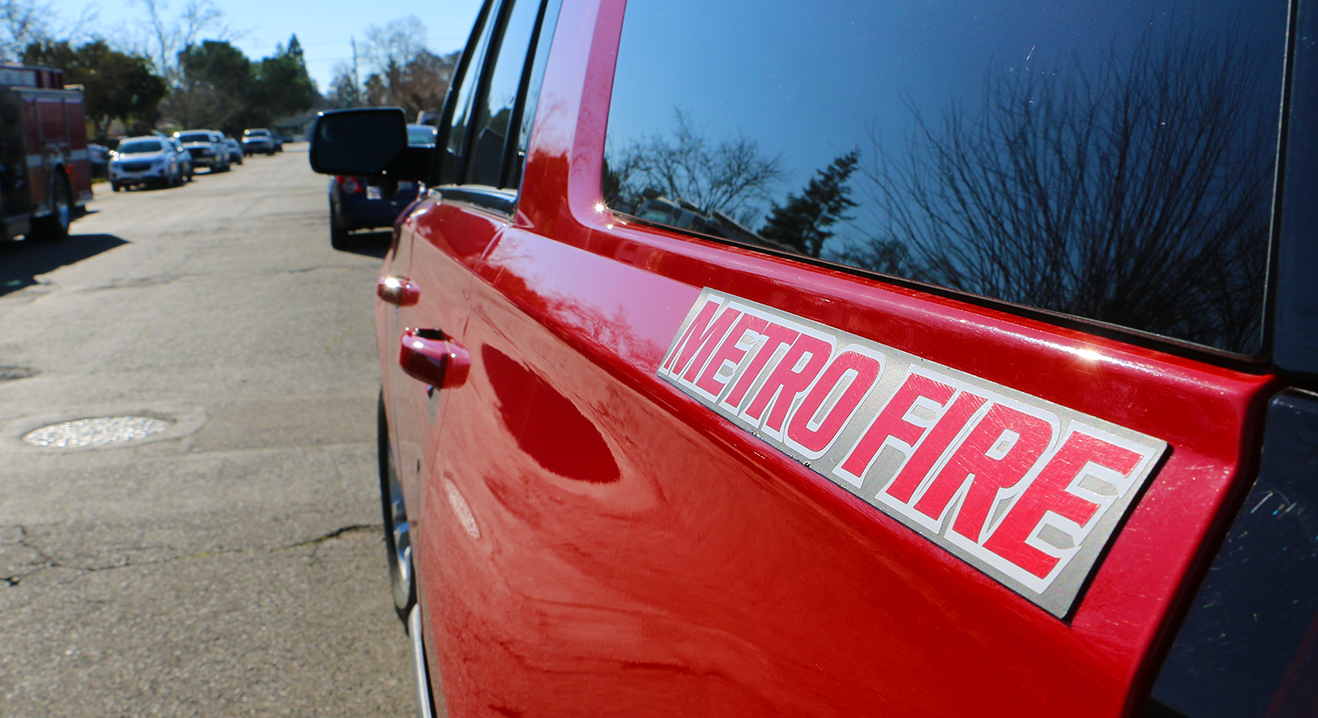BY KRISTEN HWANG / CalMatters
JANUARY 13, 2022
IN SUMMARY: California hospitals are expecting COVID-19-infected patients to triple by the end of January, with the surge expected to last until the end of February.
California’s hospital system is in danger of collapse as skyrocketing COVID-19 cases, severely ill patients and sick staff push hospitals past their capabilities, the California Hospital Association warned today.
Hospitals are expecting COVID-19-positive patients to triple by the end of the month, with admissions peaking in the next four to six weeks. The surge in infections and hospitalizations is expected to last until the end of February.
“We find ourselves on the precipice of the most challenging time to date for California’s healthcare system,” Coyle said. “Our capabilities may soon be eclipsed.”
The state health department’s projections indicate the surge in California will peak at 40% more COVID-19 hospitalizations than last winter, bringing the daily total number of hospitalized patients to well over 70,000 by the end of January, association CEO Carmela Coyle said. Last year, 54,000 people were hospitalized in California during the peak, about 40% of which had COVID.
State projections also indicate 7,000 patients will require ICU hospitalization, nearly twice as many as last year.
While major cities like New York, Boston and Chicago are beginning to see infection numbers stabilize, California’s infection and hospitalization numbers are still climbing.
The strain on the system is compounded by staffing shortages. National estimates indicate 20% of the health workforce have left during the pandemic, and omicron has resulted in hundreds of workers calling out sick.
More than a third of hospitals in California have reported “critical staffing shortages” this week, a number that continues to grow.
One hospital in the state told the association that more than half of its staff was out sick due to COVID-19 illness or exposure.
And in Fresno County — which was pummeled by last year’s surge — more than 300 hospital workers were out sick last week, Emergency Medical Services Director Dan Lynch said.
The county has secured emergency staff resources from the state through the end of February, Lynch said, and reinstated instructions to EMTs to only transport the most critically ill patients in ambulances.
“We have far more people that are in need of care and fewer people to provide that care,” Coyle said.
This week, the California Department of Public Health quietly put out guidance allowing asymptomatic COVID-positive staff to return to work without isolation or additional testing. The guidance, although voluntary, sparked outrage among labor groups like the California Nurses Association and SEIU-United Healthcare Workers.
Coyle said hospitals have also expressed concern about the guidance and most have indicated that they do not intend to implement it.
In Lynwood, south of Los Angeles, veteran nurse Ana Bergeron said her hospital is severely understaffed and already implemented the asymptomatic policy. The emergency department, which typically staffs 15 nurses, had only five working several days ago. Bergeron’s floor, which usually assigns a maximum of four patients to each nurse, had each nurse caring for nine patients.
“There’s not one department in my hospital that is absolutely fully staffed,” Bergeron said
Bergeron said, despite the severe shortages, that the asymptomatic policy and shortened quarantines for symptomatic workers are not the solution. Sick colleagues who have come back after five days are “exhausted and unfocused,” she said.
“We have just thrown any kind of common sense out the door,” Bergeron said. “How do you isolate yourself from the rest of us when you’re doing close proximity work with patients and their nurses and other technicians?”
Many hospitals have already begun canceling elective procedures to alleviate the strain, and the state health department is considering an order to hospitals that would postpone many procedures, according to one high-ranking state official who spoke to county health officers at a public meeting last week.













